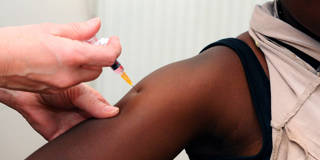
Helping the Heroines of Polio Eradication
With just 37 reported cases last year, the world is on the verge of wiping out polio for good, just the second disease, after smallpox, to be fully eradicated by vaccines. But getting to zero will require more than money; it will demand better protections and pay for the women on the front lines of the vaccination efforts.